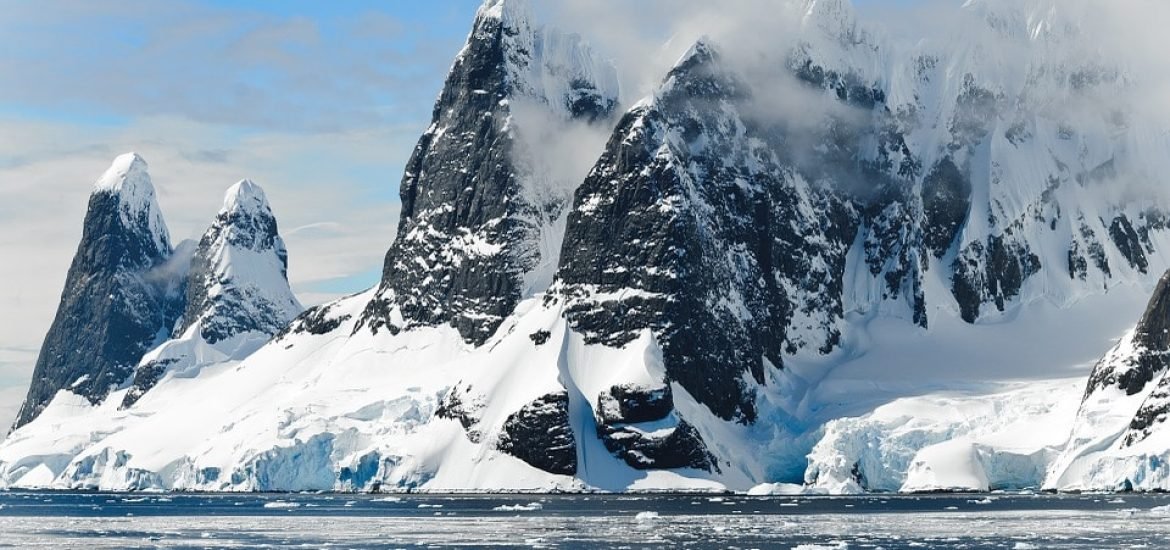
We may lose up to three meters of coastline in the Arctic every year by 2100 if greenhouse gas emissions are not reduced, according to a study published in the journal Nature Climate Change. The authors also warn about bigger waves due to increasing temperatures, making the coastline very vulnerable to further losses due to erosion.
Erosion is already destroying our coastline, especially in the Arctic. The soil is getting warmer, leading to ruptures and slumping, which may endanger buildings and threaten the safety of local populations. It also leads to the release of carbon stored in the ocean’s soil, which may change the way we see the Arctic Ocean as a way to store carbon and greenhouse gases, which will ultimately aggravate climate change.
Researchers know these changes are happening now, but our understanding of how erosion will affect the Arctic in the future is limited. Using computer models, teams from several German research centers and universities, including the University of Hamburg and the Max Planck Institute, calculated what’s going to happen to the Arctic as a whole.
According to this study, if greenhouse gas emissions are not reduced, it could mean losses in the Arctic due to erosion up to three meters every year. “We have run through a range of scenarios, depending on how much greenhouse gases humanity will emit in the coming years,” said the lead author, Dr. David Nielsen from the University of Hamburg’s Cluster of Excellence for Climate Research CLICCS. “According to the study, not only is more and more land mass being lost in absolute terms; with each degree of temperature increase, the annual rate of erosion increases – in meters, but also in millions of tons of carbon released.”
The authors warn that we should expect to see increasing wave heights as the temperature increases and the ice disappears. Long periods with no ice — especially during the summer months— also make coasts very vulnerable to erosion.
From a social point of view, these results are vital to devise new programmes to protect the Arctic coastline and the populations living in potentially affected areas. For scientists, these calculations represent the basis for further research looking at interactions between the permafrost and the release of carbon in the Arctic. “Our findings also show that a shift toward greater sustainability and significantly lower greenhouse gas emissions could slow the acceleration in the second half of the century. However, it won’t be possible to stop the loss of land mass entirely,” concluded Nielsen.
This study was conducted in collaboration with the project “Nunataryuk” and was supported by the European Research Program Horizon 2020.
(1) Nielsen, D.M., Pieper, P., Barkhordarian, A. et al. Increase in Arctic coastal erosion and its sensitivity to warming in the twenty-first century. Nat. Clim. Chang. (2022). https://doi.org/10.1038/s41558-022-01281-0